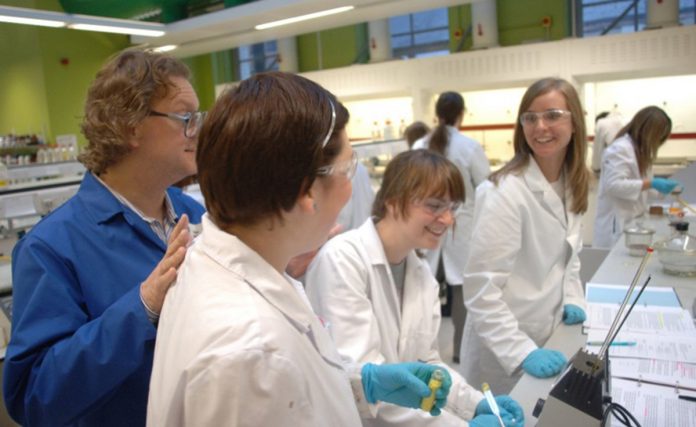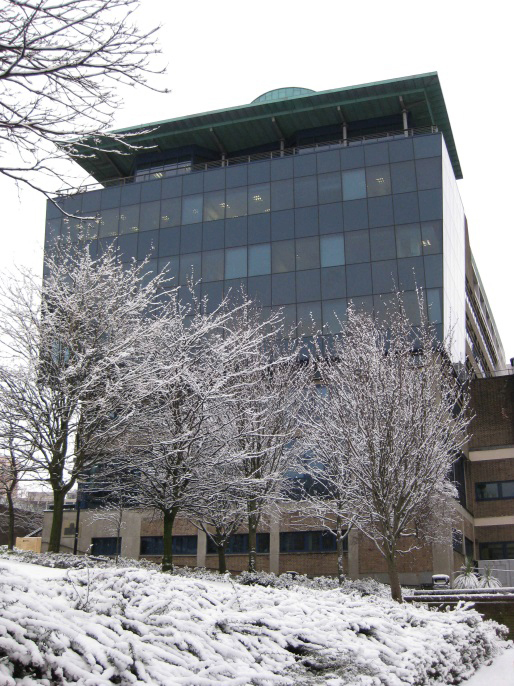
Prof Colin J Suckling from the University of Strathclyde gives his opinion on getting your medicinal chemistry right to gain success in the field
One of the pillars of interdisciplinary research at the University of Strathclyde concerns all aspects of health and well-being. For chemists, this means medicinal chemistry. As many of our medicinal chemistry projects move positively ahead towards the clinic, I am reminded of the multiplicity of factors that must be optimised to obtain a successful drug molecule. We’ve got to get them right in our research projects and train our students to deal with them all in our courses.
The front-runner is our new antibacterial compound for the treatment of Clostridium difficile associated disease is now ready for a Phase II clinical trial to be managed by our commercial partner, MGB Biopharma. A little behind this is our search for a new treatment for African Animal Trypanosomiasis that would make a huge difference to millions of people and cattle in sub-Saharan Africa; we have proved the effectiveness of our new drugs in animal models of the disease.

Thomas Graham Building at the University of Strathclyde housing part of the Department of Pure & Applied Chemistry
In another field, our search for a novel treatment for refractory prostate cancer led by my colleague, Professor Simon Mackay, has reached the stage in which our lead compound has been shown to inhibit the growth of prostate cancer in animal models of the disease. These are substantial steps forward.
Drug trials
In these cases, and virtually every other case, the drug, which in our work is almost always a small heterocyclic compound, must bind to a large molecule in the body, usually called the target. Binding causes either the stimulation or the blocking of a natural function related to the disease state, hopefully leading to a beneficial effect on the patient.
I’ve described this process of drug and target and how heterocyclic chemistry makes it work in a series of e-books for Adjacent Digital Politics Ltd (see below).
The essence of it is that if the shape and size of the drug molecule are right with respect to the target, in other words, if it fits the target, the therapeutic effect will be obtained. This depends on very detailed and specific chemical bonding between the drug and its target. A single atom of the wrong element in the wrong place or a single atom too many can be the difference between an active and an inactive compound, between success and failure. Medicinal chemistry is concerned with sorting out these details and finding compounds that do what you want them to do at the target.
If that were all, discovering a new innovative drug would be easy. Obviously, though, if the drug does not reach the target, nothing will happen. Imagine a drug in a pill taken by mouth. The drug molecule must survive digestion and find its way into the blood stream. It must avoid being destroyed by the liver and excreted rapidly through the kidneys remaining in the blood to find its target. These attributes are much harder to design in from the start, although there are some good rules of thumb to follow. Stability to survive digestion and the liver depends upon chemical reactivity that is predictable but you’re never quite sure what will happen when a drug gets into a patient.
Finding the way to the target depends upon the physicochemical properties of the drug molecule, in particular, its solubility in water and its acidity. Solubility and stability also influence whether the drug can be given orally and whether it can be given once a day or requires many doses per day. Interestingly in our own projects mentioned above, finding the target in the body and the dose form have been harder to get right than just the binding to the target itself.
Different types of chemistry
Indeed, it’s quite a package to get right because it requires considering synthetic chemistry, chemical reactivity, and physical chemistry. This is why at Strathclyde we like to teach as much of the basic chemistry as we can in the context of its applications, such as medicinal chemistry.
In drug discovery research, different approaches are taken by different research teams. At the University of Strathclyde, we tend to take a more speculative approach than would be found in the wider industry. We would explore a new class of compounds or a new biological mechanism of action that has not yet been proved to be effective. But that’s all part of fulfilling the research mission of universities, namely creating new opportunities that will make a difference to people.
What’s clear is that success depends upon getting our chemistry right: a compound with the right size and shape to hit the target and with suitable properties to reach the target for long enough to be effective is required. Nobel Laureate, the Lord Todd, who was the first Chancellor of the University of Strathclyde, at a conference that I organised memorably put it this way: “Chemistry is the Queen of Science. Get your chemistry right and everything else follows!”
Please note: this is a commercial profile
Prof Colin J Suckling OBE DSc FRS
Research Professor of Chemistry
Department of Pure & Applied Chemistry University of Strathclyde
Tel: +44 (0)141 548 2271










